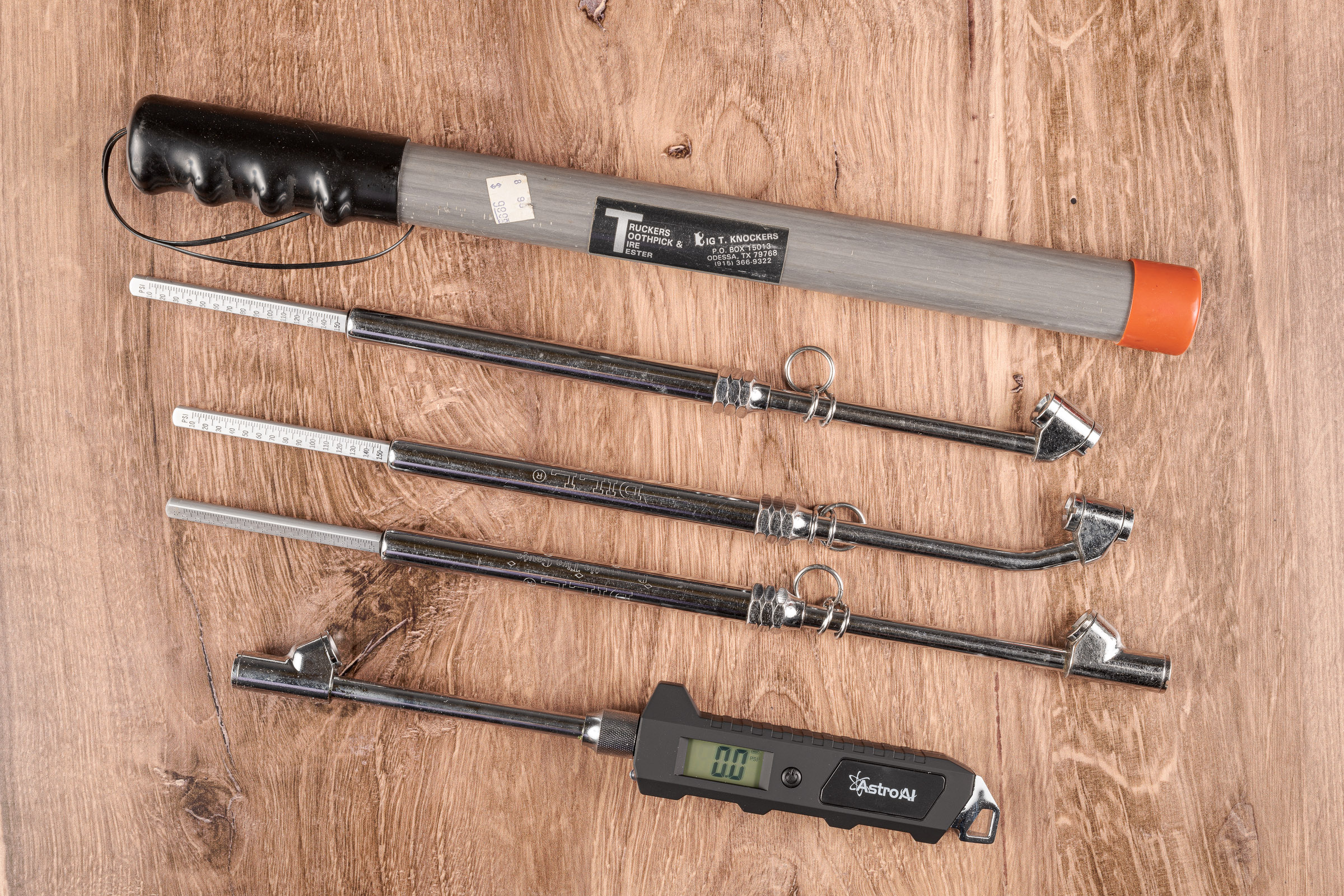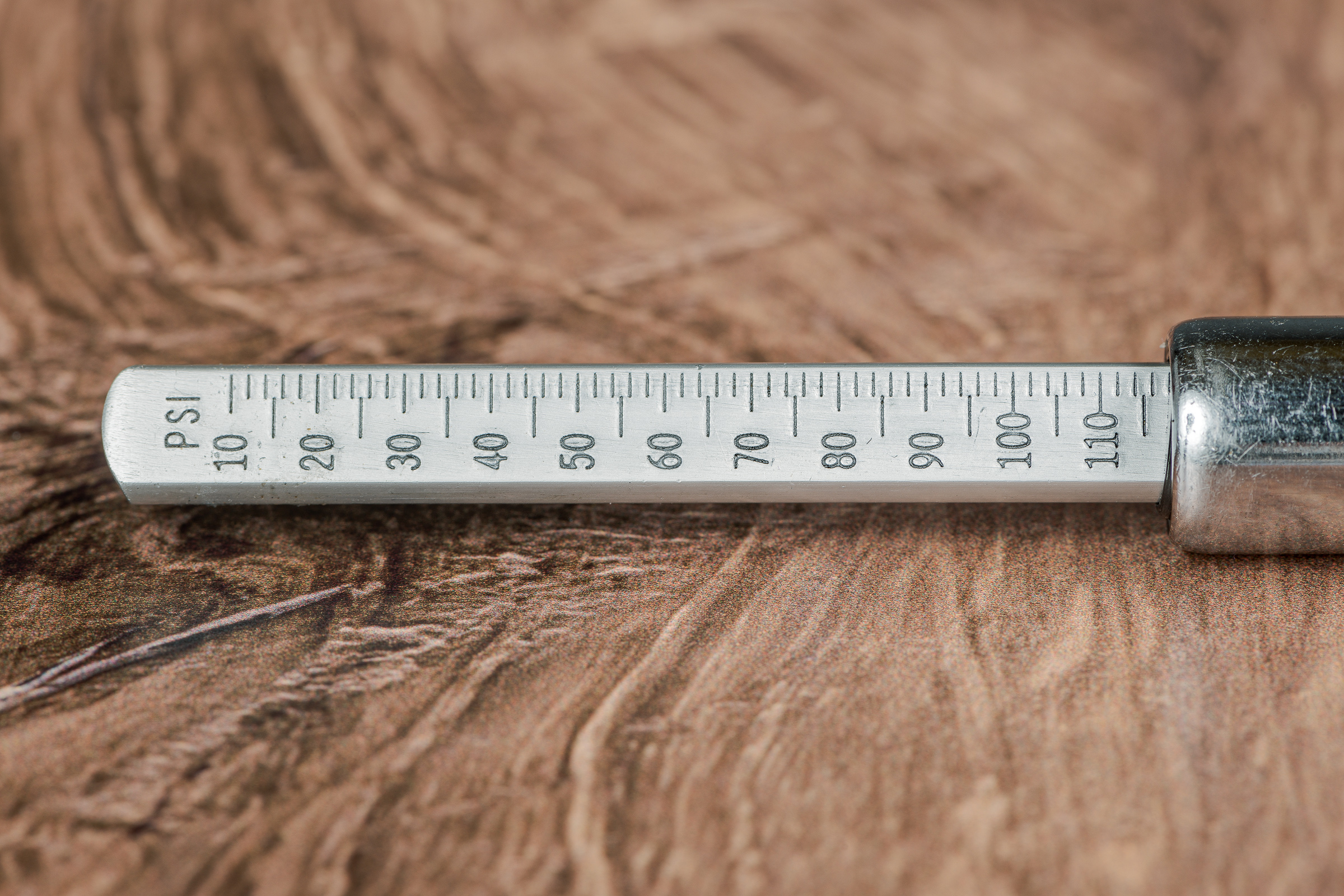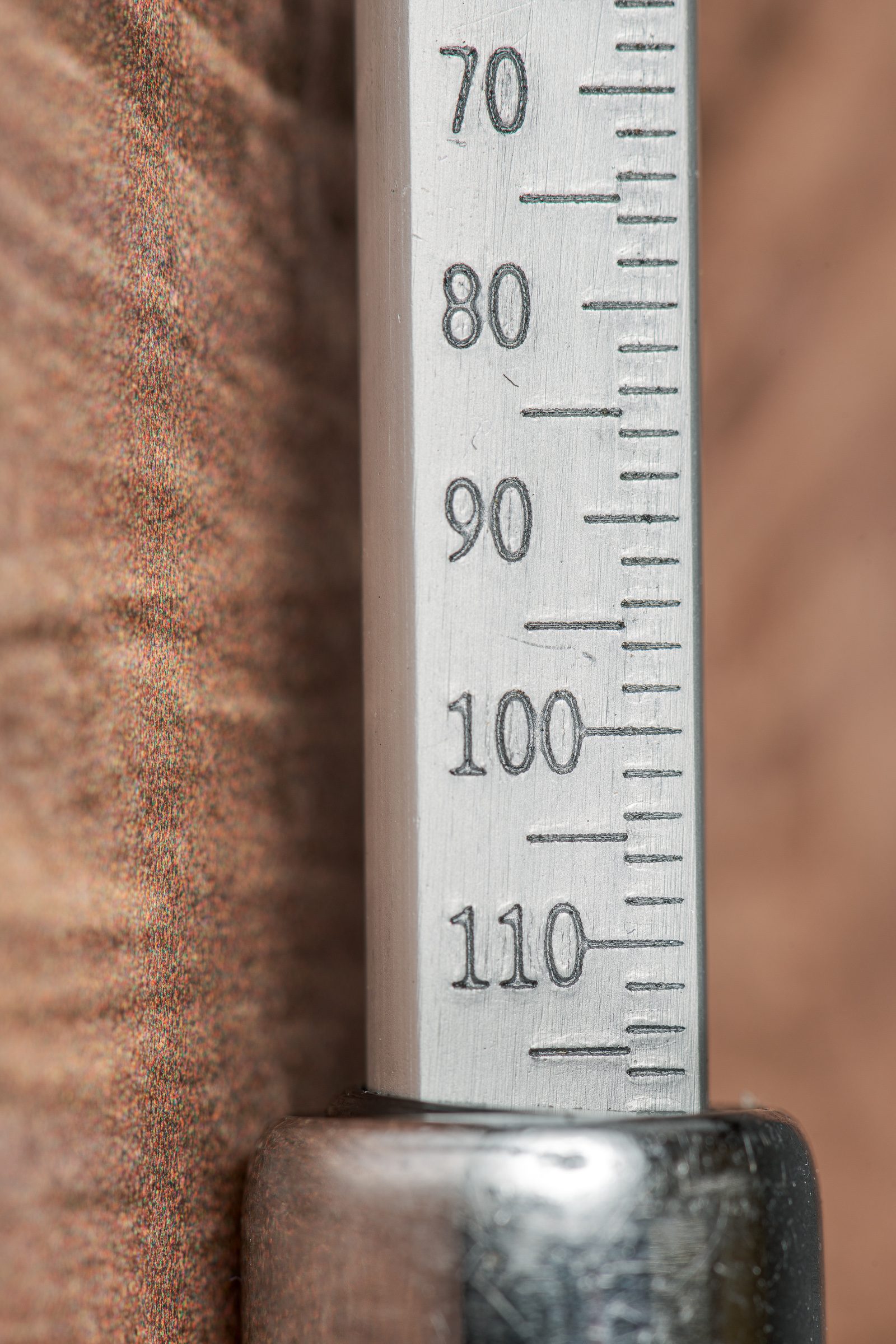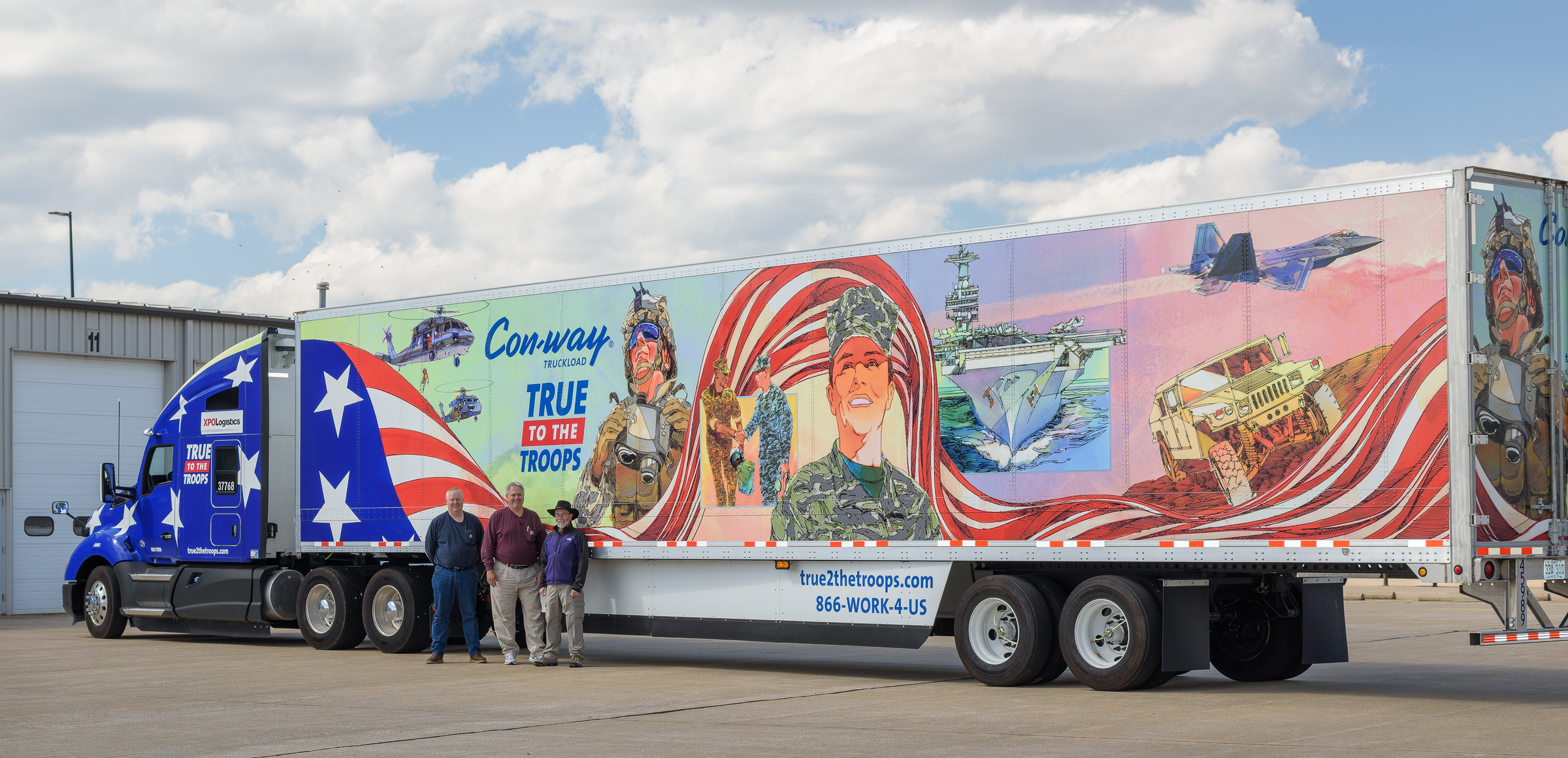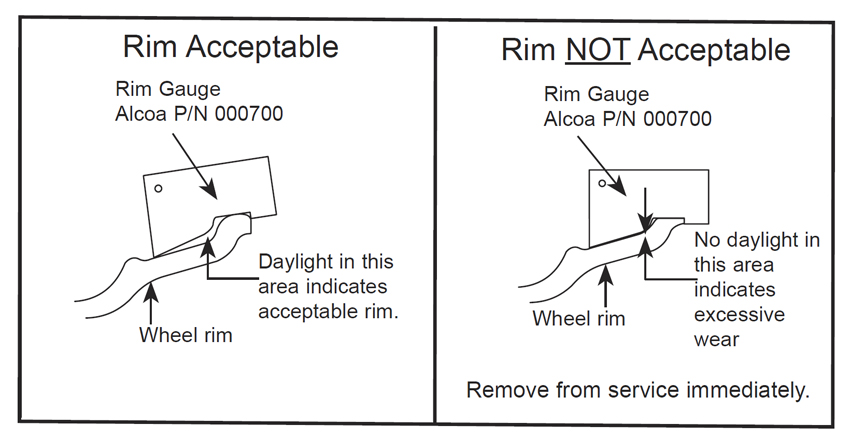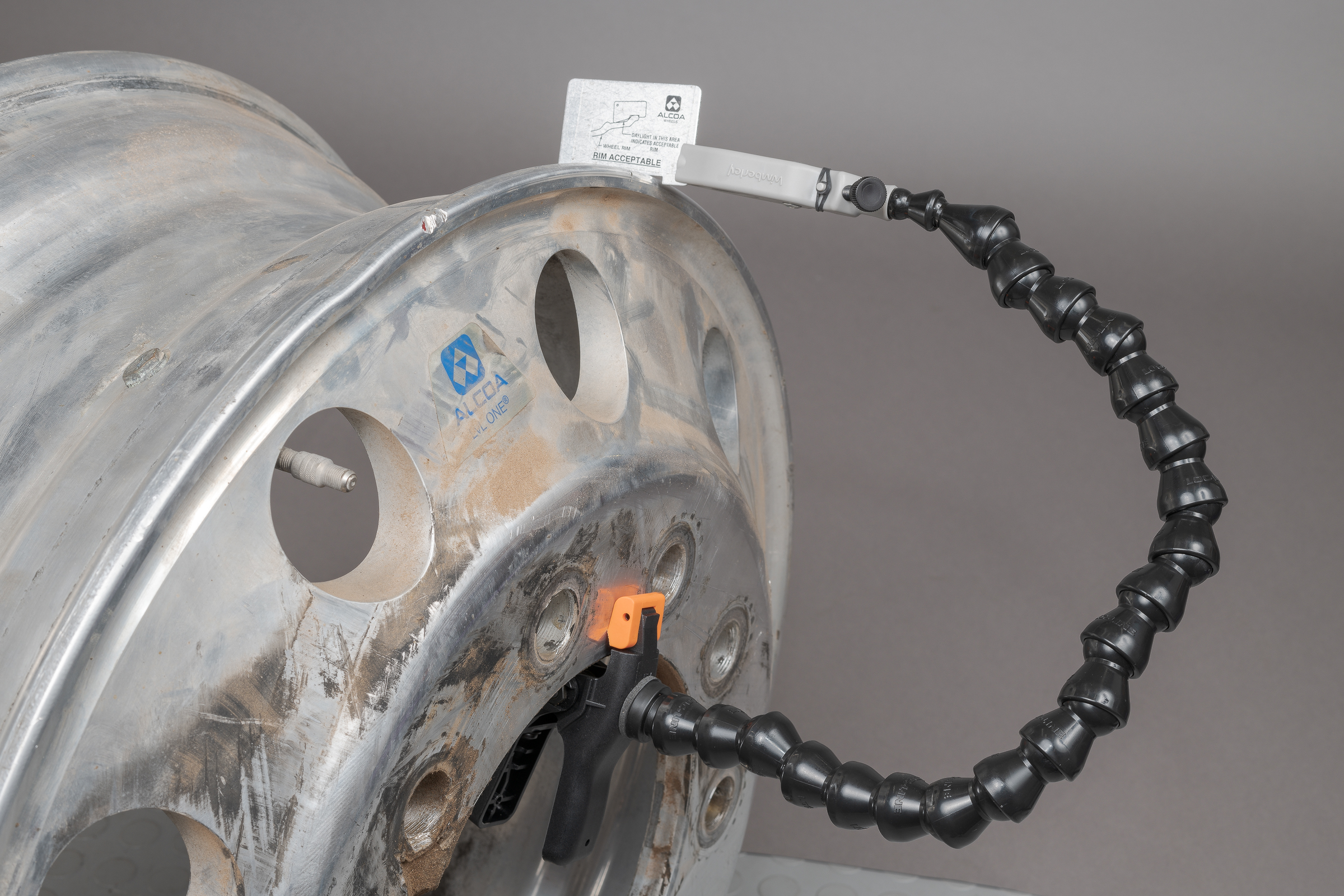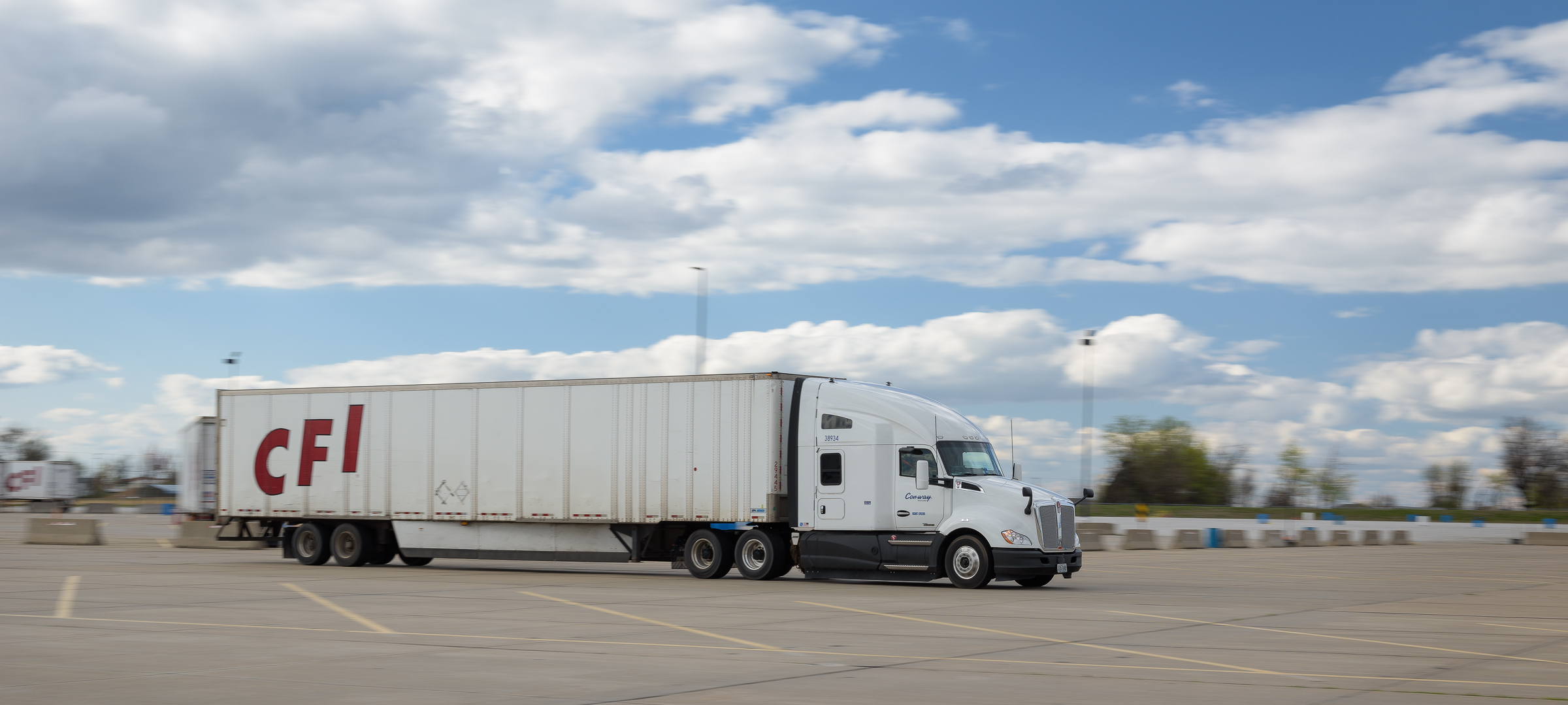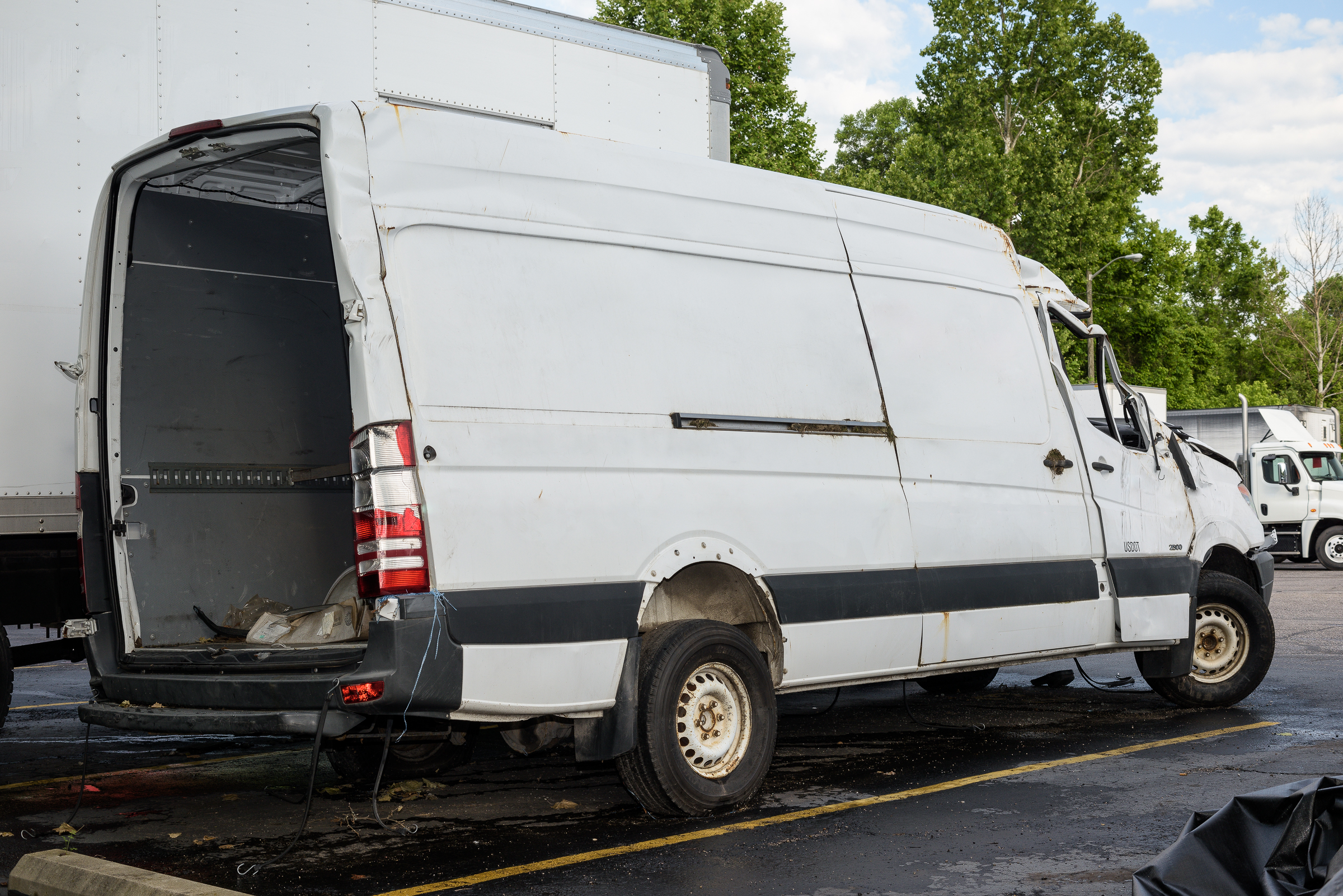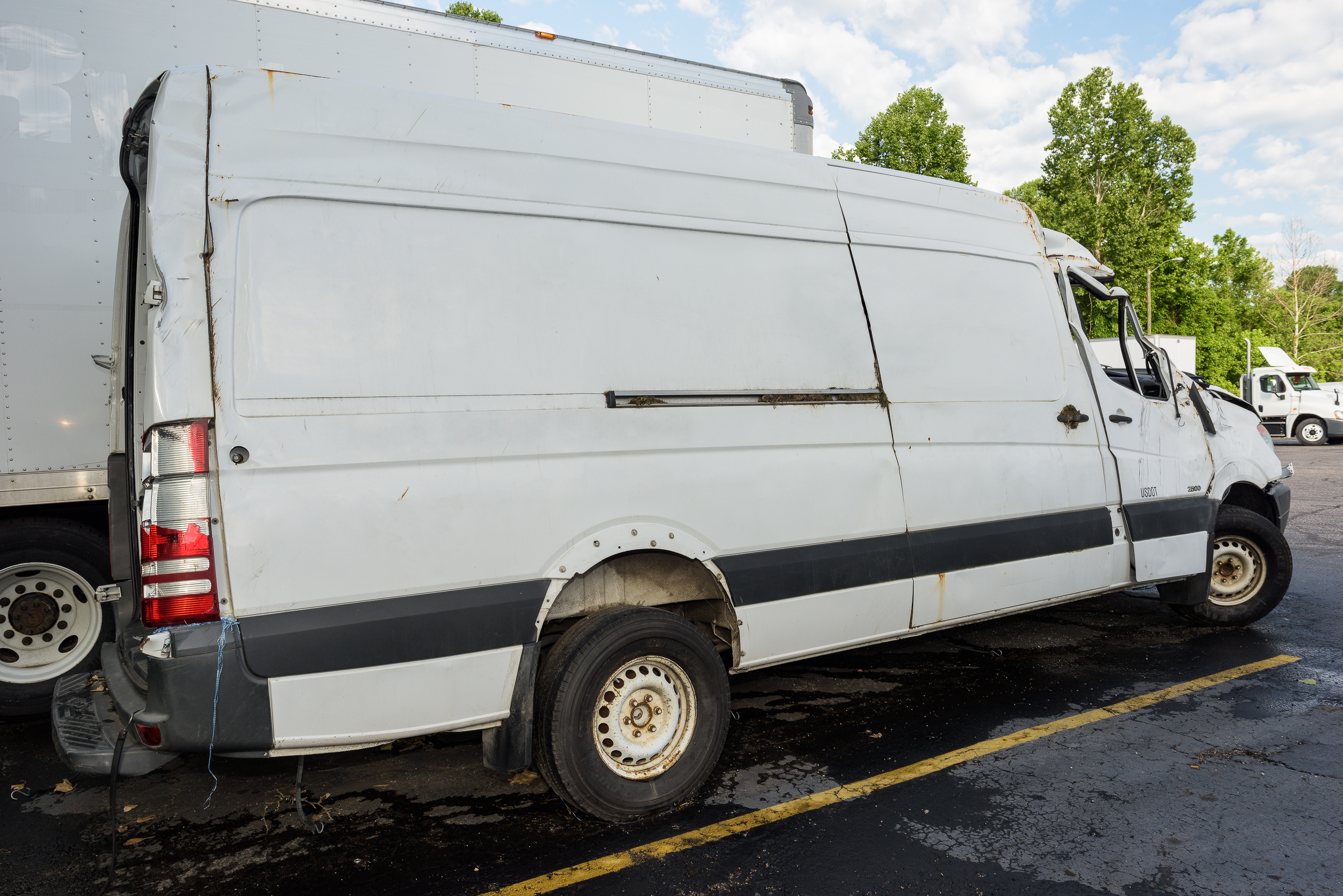During my SAE classes (https://www.sae.org/learn/content/c1729/) and various other classes and presentations, I demonstrate and recommend Godox flashes—specifically the TT685ii. They are powerful, robust, and intuitive to use.
They have the same technical specifications and features (including: guide number 197 ft/60 m at ISO 100; fully rotating and tilting head; and, built-in radio transmitters/receivers) as the equivalent camera manufacturer’s flashes, but at only $129, cost only 12% to 22% as much! [Click on image to enlarge, then click on left arrow to return to this post.]
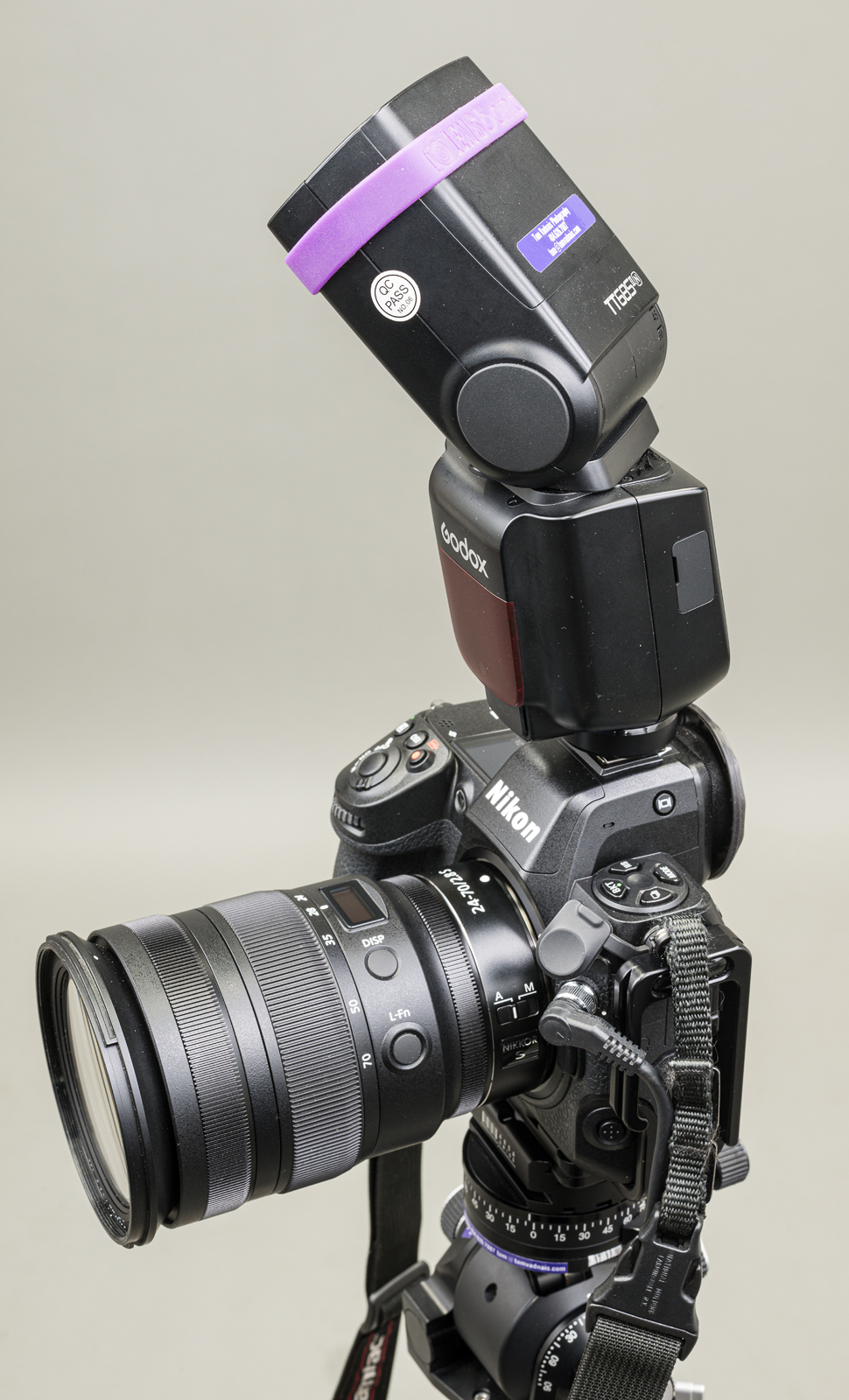
In other words, you can buy 4.5 to 8.5 Godox TT685ii flashes for the price of a single camera brand flash. This means you can buy two (or three) Godox TT685ii flashes and still have plenty of money for rechargeable batteries and a charger for them. (Of course, you’ll need the batteries and a charger regardless of which flash you buy.)
For off-camera use, I highly recommend getting at least two of these flashes. I always carry at least three TT685iiN flashes, along with an X3 N hot shoe trigger so I can use all flashes off-camera if necessary. (I also use the X3 N hot shoe trigger with my Godox MF-12 macro flashes. I’ll describe them in a future post.)
Important: To use TTL (through-the-lens) flash exposure, make sure you buy flashes designed for use with your camera brand. For example, I shoot Nikon, so I use the TT685iiN versions. Godox makes versions compatible with Nikon, Canon, Sony, FUJIFILM, and Olympus/Panasonic. This allows the flashes to be used in TTL mode. [Click on image to enlarge, then click on left arrow to return to this post.]
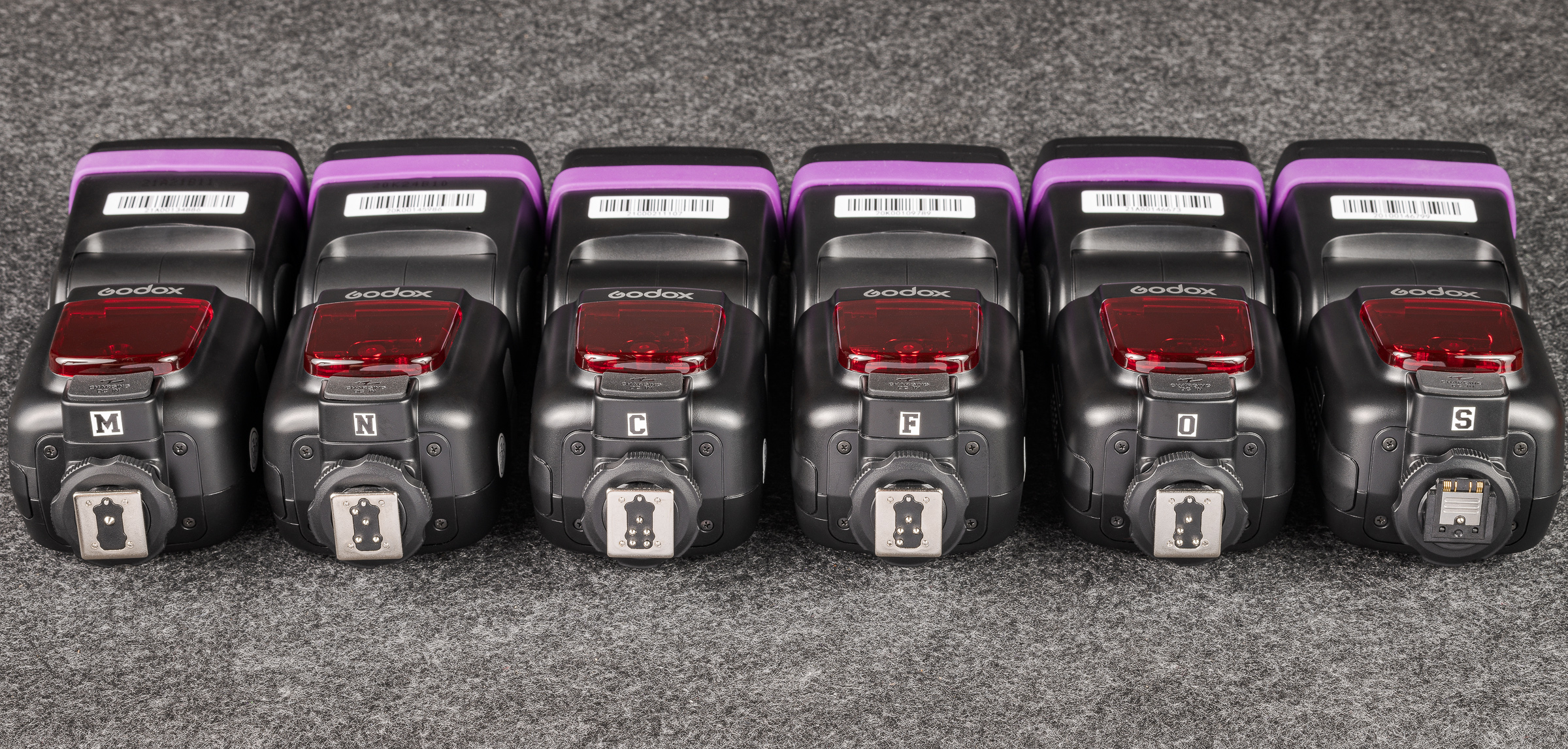
In the image above, the flash at the far left (“M”) is a full manual (non-camera specific, non-TTL) model. It has a single contact to allow the camera to fire the flash with fully manual settings (except with Sony cameras). The other flashes, from left to right, are Nikon, Canon, FUJIFILM, Olympus/Panasonic, and Sony.
Note that any flash may be used in full manual mode with any camera brand—except with Sony. The pin that fires the flash is offset on the Sony proprietary hot shoe (far right in photo above), so it doesn’t reliably fire a non-Sony flash—if fires it at all. Sony’s proprietary hot shoe means a Sony-compatible flash must be used on a Sony camera. It also means that Sony-specific flashes will not work in non-Sony camera hot shoes (although they will work as remote flashes).
I’ve been using TT685iiN flashes (I have six of them) almost daily since their release almost four years ago without a single problem or malfunction. I previously used the original TT685N flashes (I have three of them) without any issue. I also have bought another twenty or so TT685ii flashes for other camera brands for students to use in my classes. (Full disclosure: I am not affiliated with Godox. I just use and like their stuff!)
Note: The Godox V860iii is identical to the TT685ii, but it includes a proprietary rechargeable lithium-ion battery, and costs $100 more. The Godox V1 is identical to the V860iii, but has a round head and costs $30 more than the V860iii and $130 more than the TT685ii). All three flash models are fully interchangeable as on-or-off camera flashes with the Godox radio control system. A future post will illustrate and describe the differences between the Godox flash models.
Regardless of what flash brand you get, I strongly encourage you to get at least two flashes. Two flashes allow you to use the off-camera flash to fill in shadows and for side lighting to bring out textures, stampings, and raised lettering or elements. You’ll find they are something you’ll use almost daily in your forensic photography.
Takeaways:
-1- Godox TT685ii, V860iii, and V1 are well-made, robust, powerful, and intuitive flashes that cost much less than, but have the same performance specs as, flashes sold by camera manufacturers.
-2- This significantly lower cost makes it easy to buy two or more flashes, plus rechargeable batteries and a battery charger, for less money than a single camera manufacturer’s flash.
-3- Two flashes allow you to use the off-camera flash to fill in shadows and for side lighting to bring out textures, stampings, and raised lettering or elements.
-4- You need to make sure at least one of your flashes is compatible with your camera brand so you can use TTL (through-the-lens) flash exposure.
-5- If you don’t need or want light coming from a flash in your camera’s hot shoe, adding an X3 or X3 Pro hot shoe trigger will allow you to use all your flashes off camera, even in TTL.


